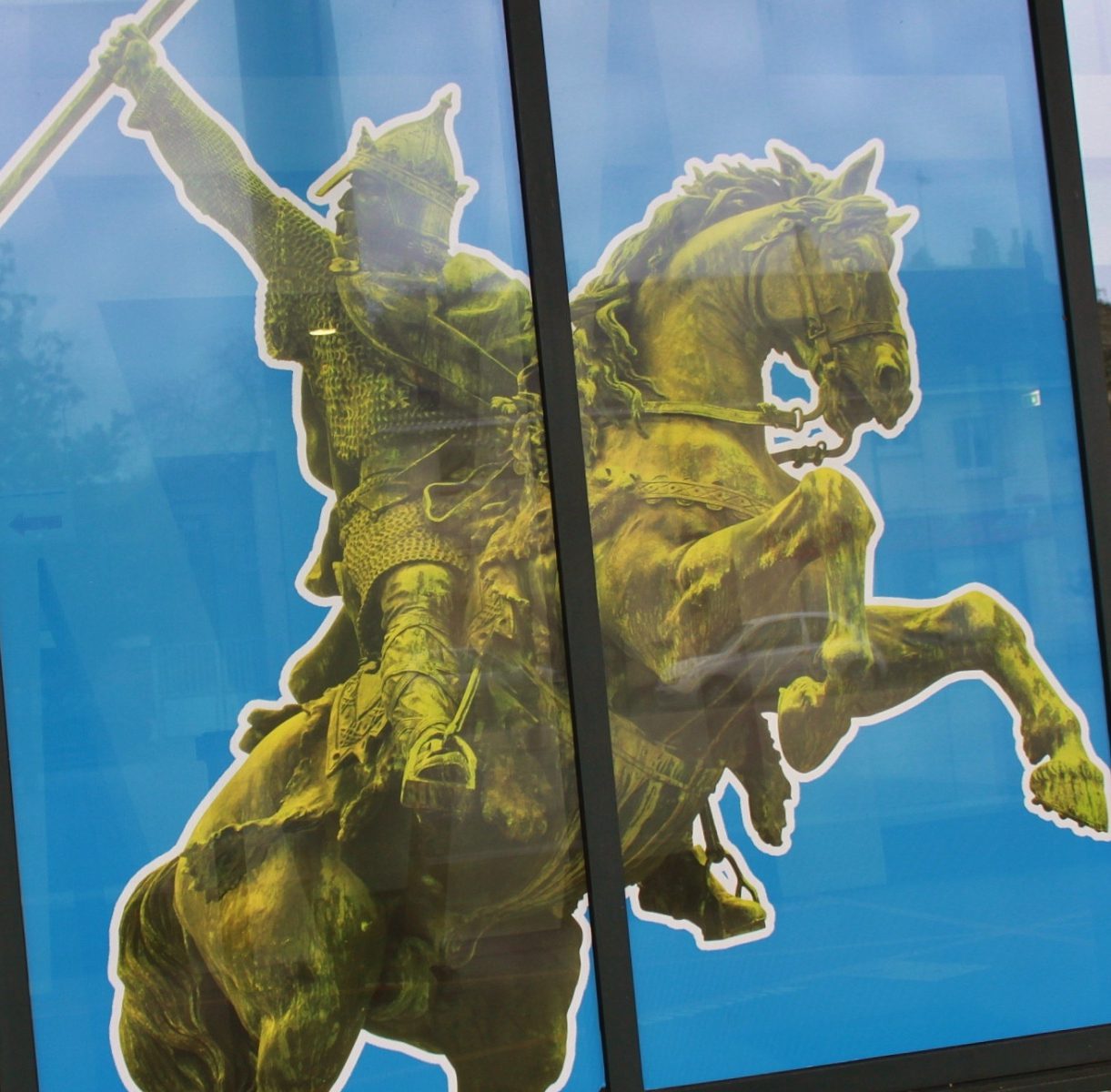Dukes of Normandy Historical Background 911 – †927 – Rollo (Robert I), Earl of Rouen, jarl of Normans 927 -†942…
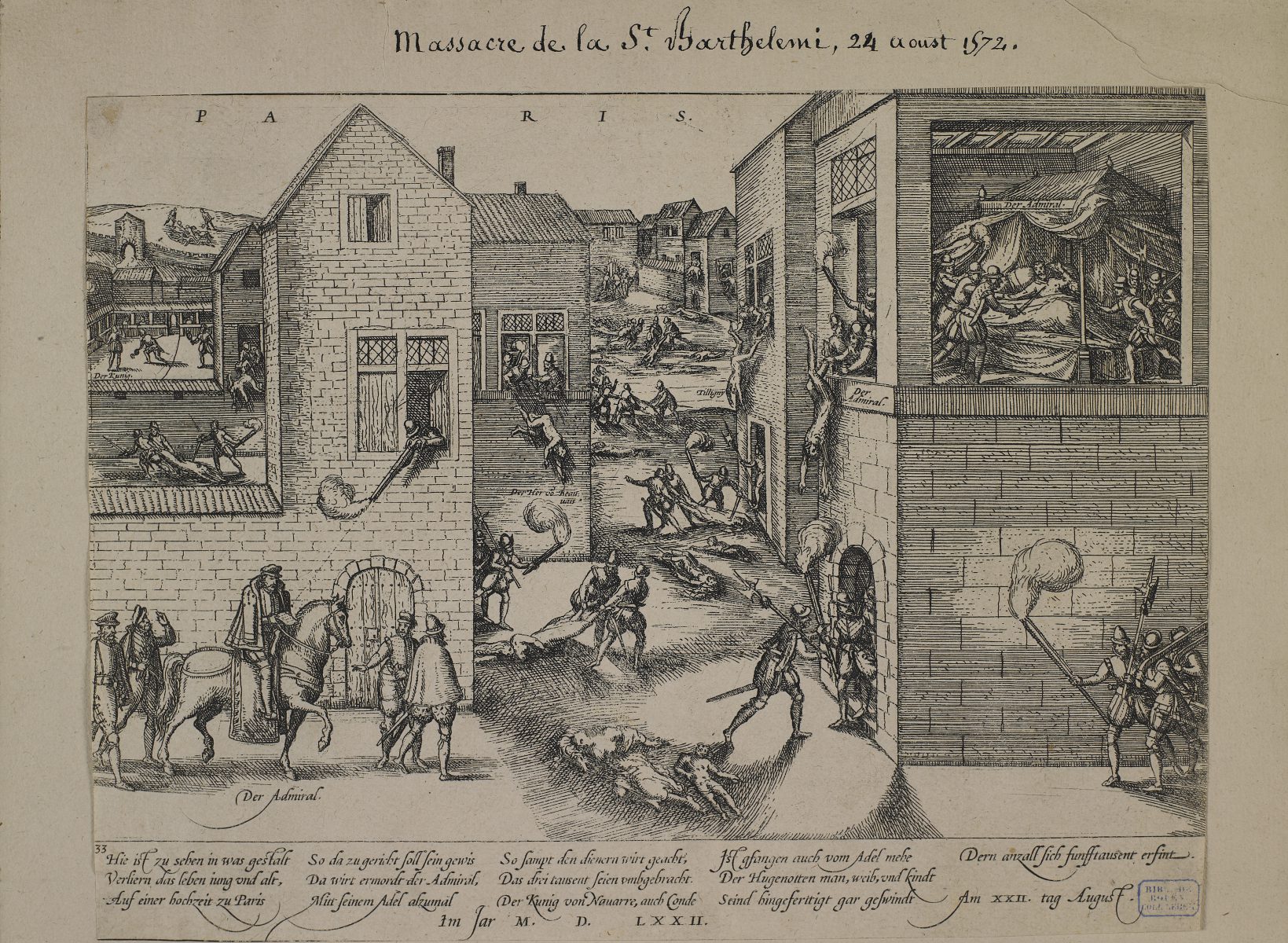
Massacre of Saint-Bartholomew, 24 August 1572
Tragic episode of the religious wars, the massacre of Protestants triggered in Paris on August 24, 1572, on St. Bartholomew’s day, continued for several days in the capital, and then extended to more than a dozen province cities during the following weeks.
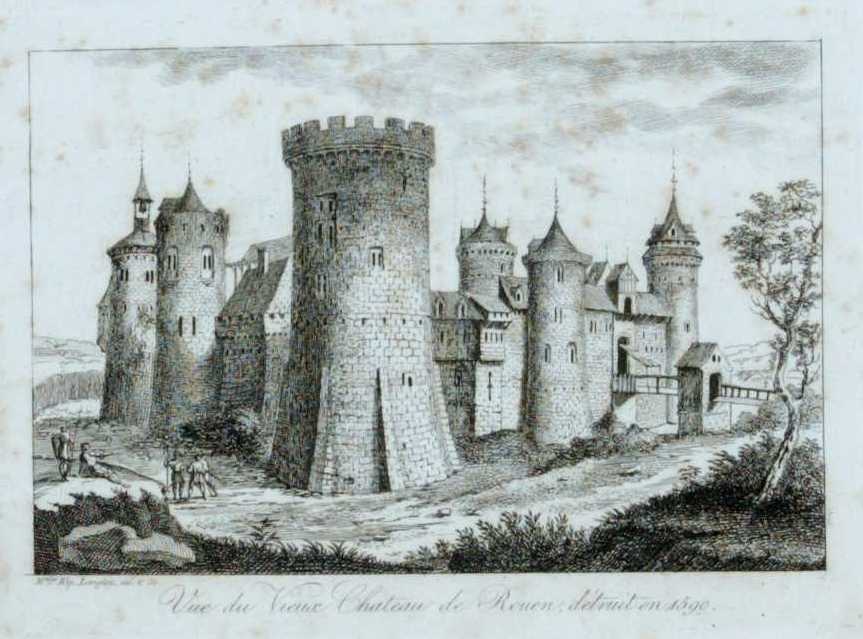
Castle of Rouen
Photography of Joan of Arc Tower
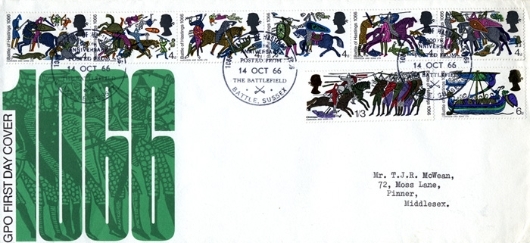
900th anniversary of the Battle of Hastings
First day cover issued by the Post Office on 14 October 1966 to commemorate the 900th anniversary of the Battle of Hastings.
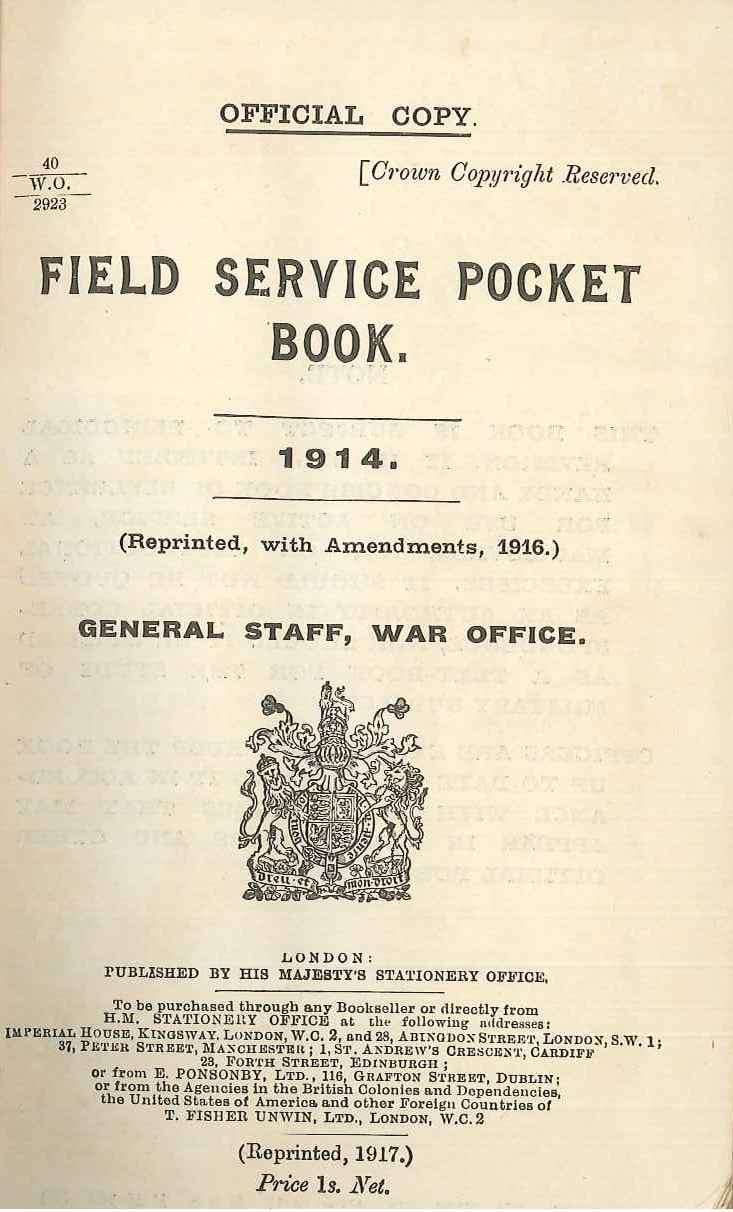
Field Service Pocket Book of the Royal Sussex Regiment
First World War Field Service Pocket Book of Albert Prior [born c1900], Royal Sussex Regiment 1917
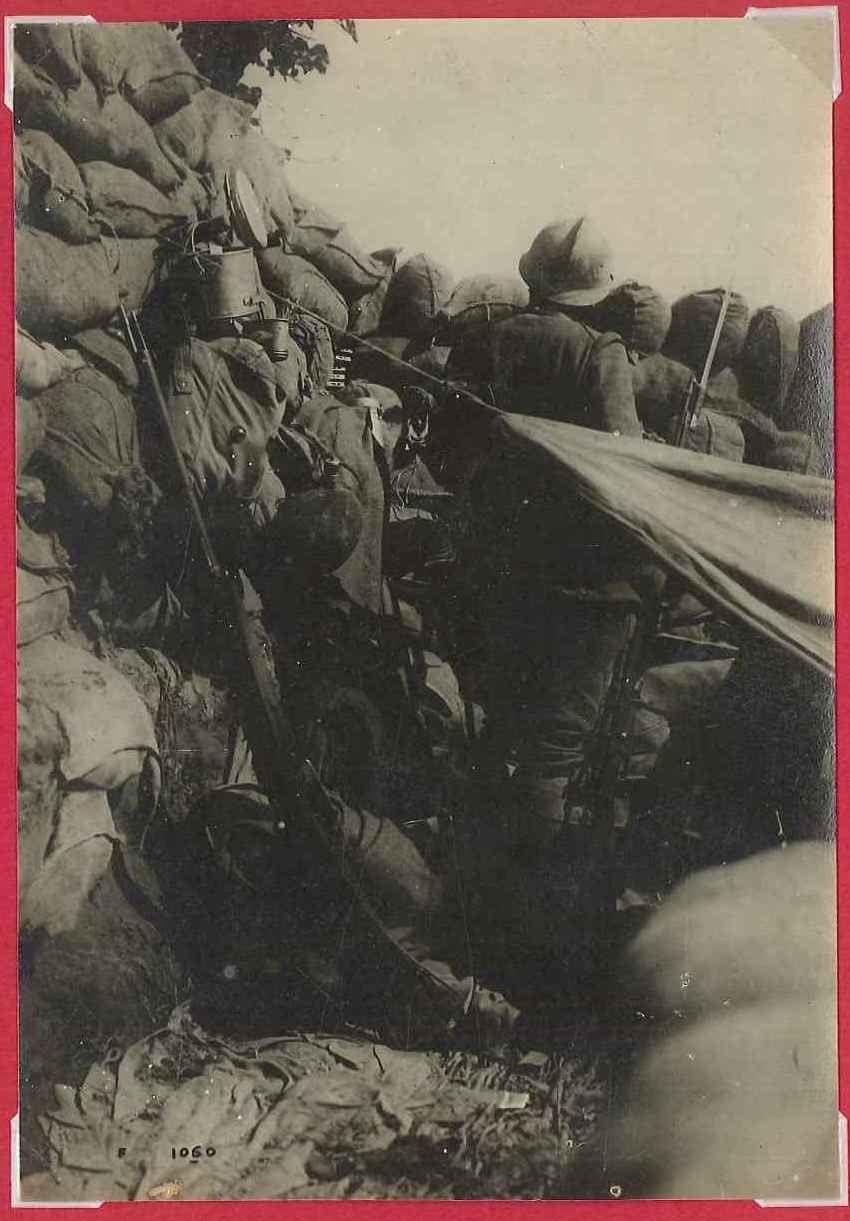
Soldier in a trench
Brighton – East Sussex Record Office
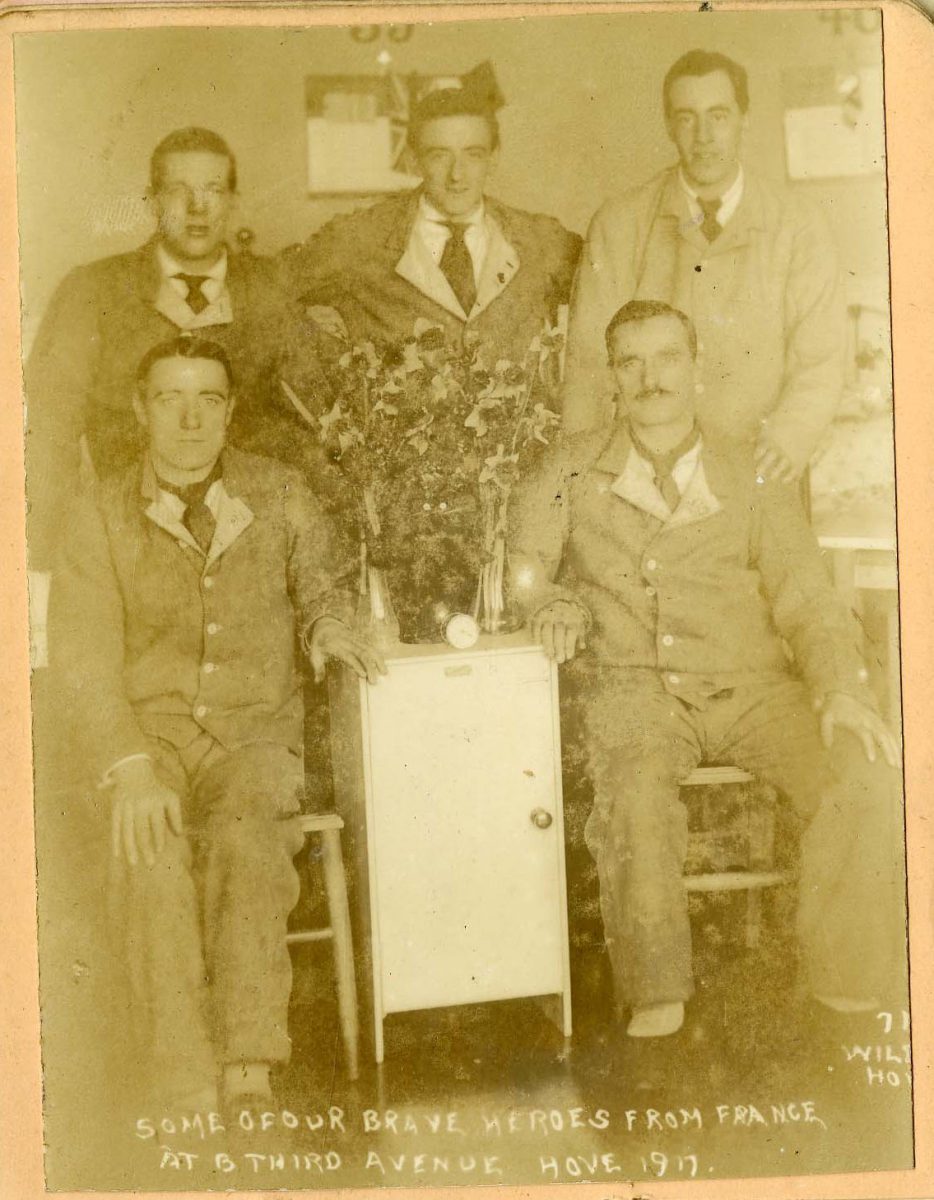
Autograph book of a nurse serving soldiers
My dug-out: an entry in the autograph book of a hospital nurse serving convalescent soldiers at Hove : sketch and poem
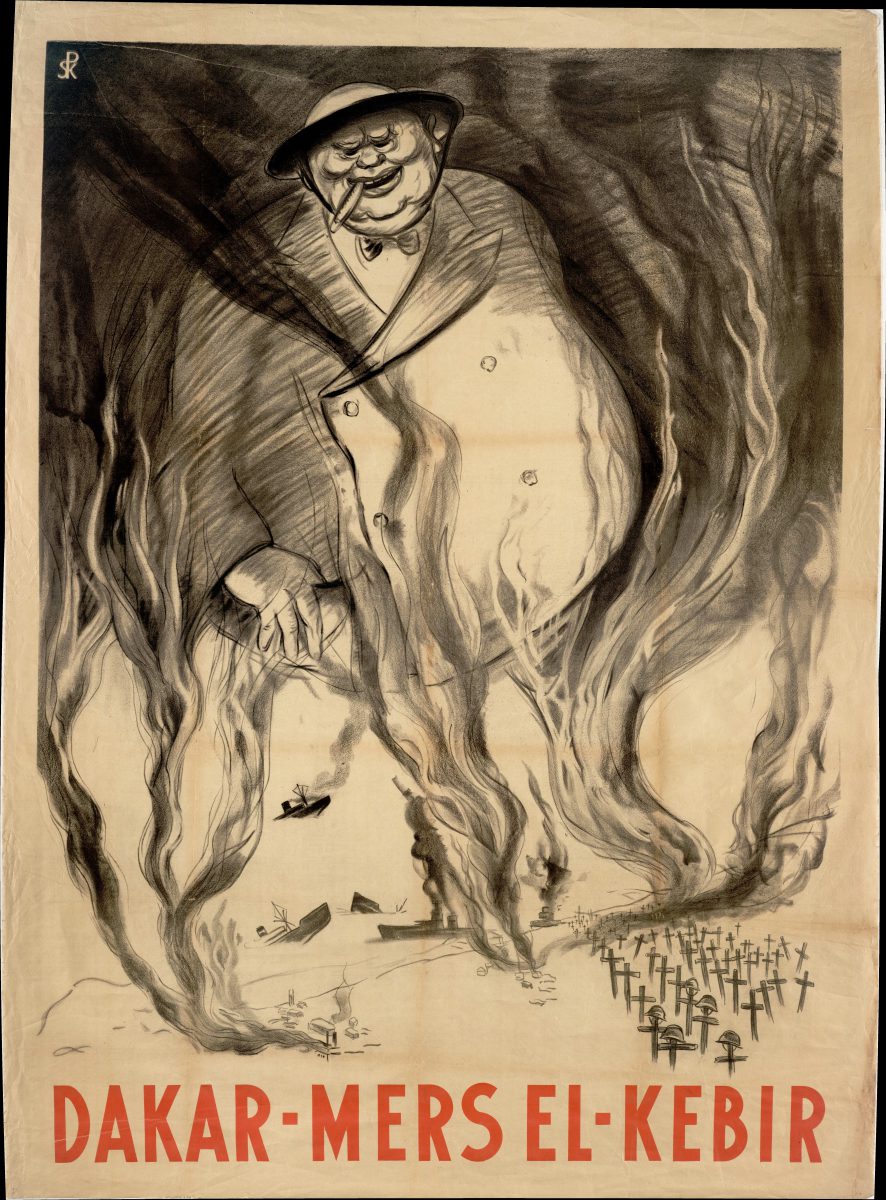
Second World War posters
On November 11, 1939, King George VI responds to a telegram sent by Albert Lebrun in these terms : ” We both have reason to be reassured that the joint efforts of the peoples of Britain and France will be successful and Europe will be safe from the brutal violence and that peace will be established on sound foundations of freedom and justice.”
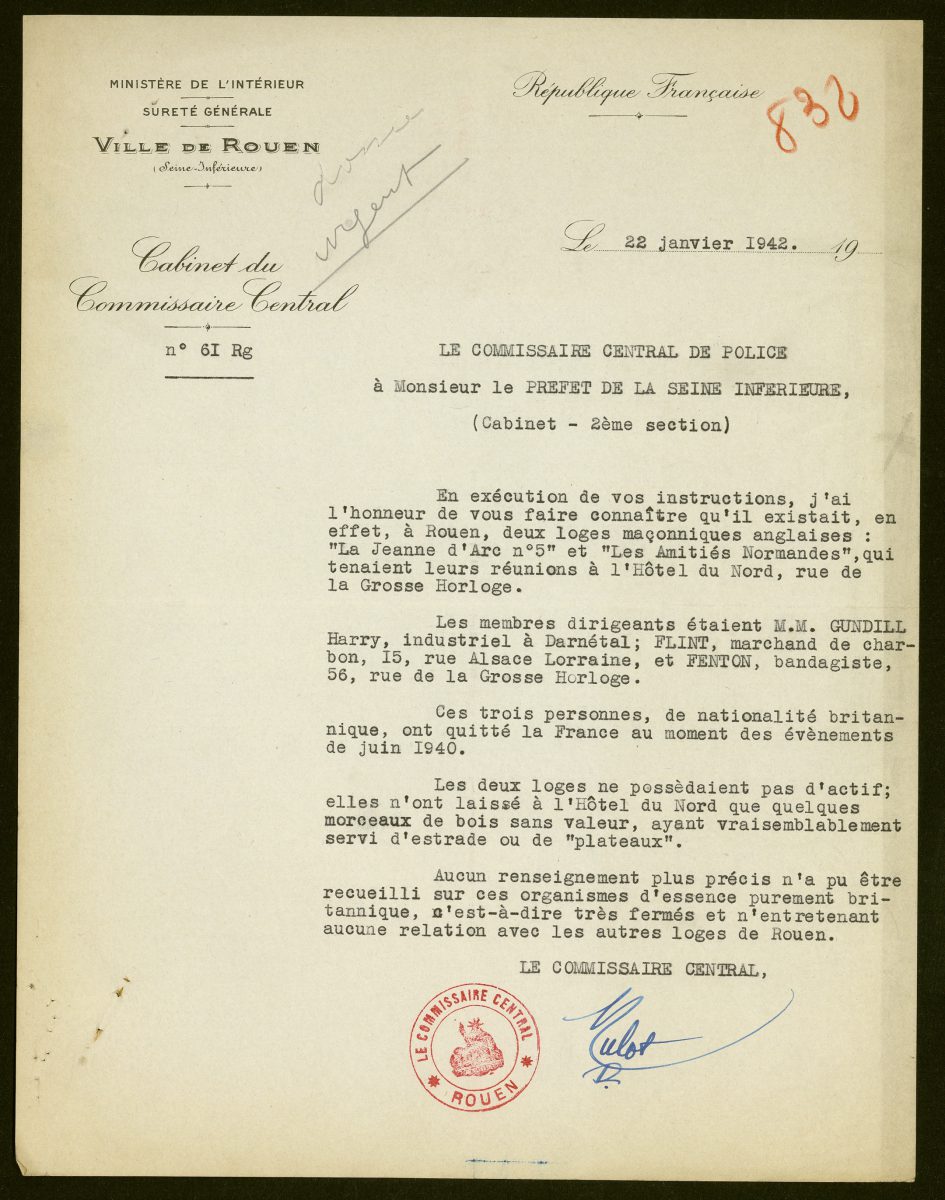
Report of the Commissioner of central Rouen on the work of two English Masonic lodges
Freemasons being held responsible for the defeat, the Vichy government quickly takes action against them.
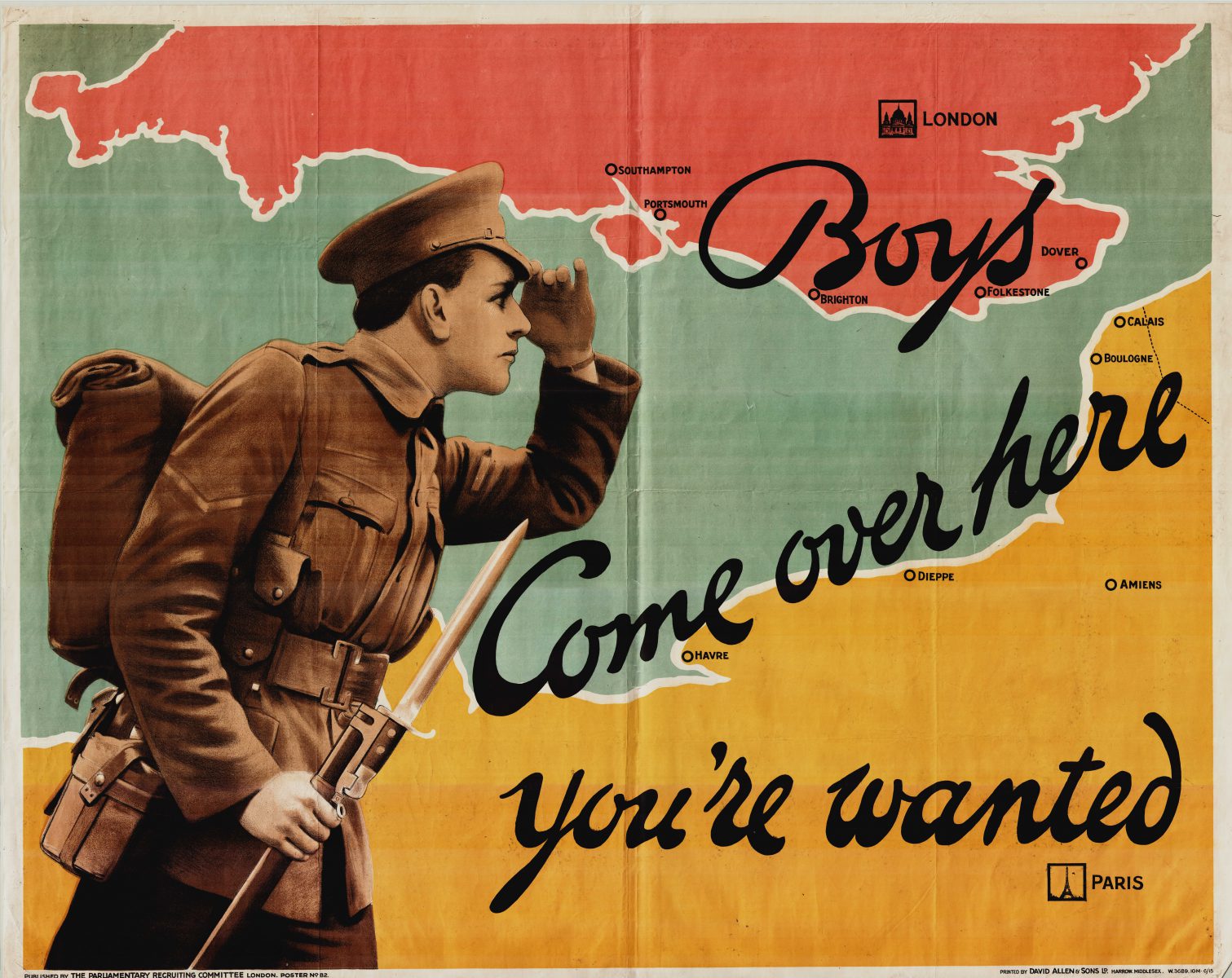
First World War posters
Posters published in large numbers by the Parliamentary Recruiting Committee, probably in 1915, were aimed at the young Englishmen who might be considering joining up for active servuice at the front.
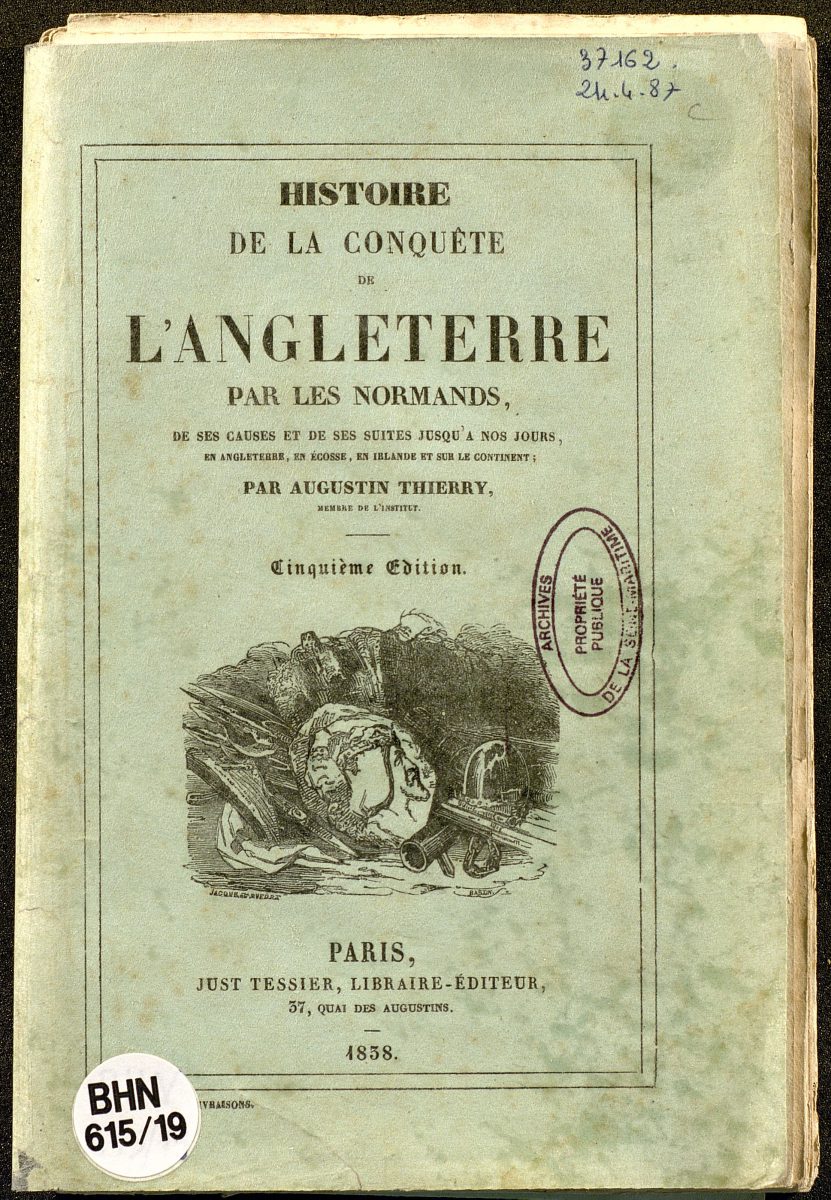
History of the Norman Conquest of England
“Histoire de la conquête de l’Angleterre par les Normands : de ses causes et de ses suites jusqu’à nos jours, en Angleterre, en Ecosse, en Irlande et sur le continent”
by Augustin Thierry. Fifth edition. Paris, Just Tessier, 1838.
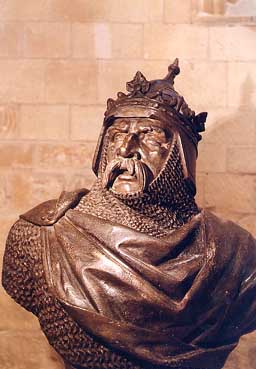
William the Conqueror
Despite the difficult start where the young Duke has to face opposition from a part of the Norman aristocracy, peace is essential in the duchy and the ducal power is reinforced.
William grows his ancestors’ past alliances and develops new ones, imposing himself as a territorial prince with international reputation.
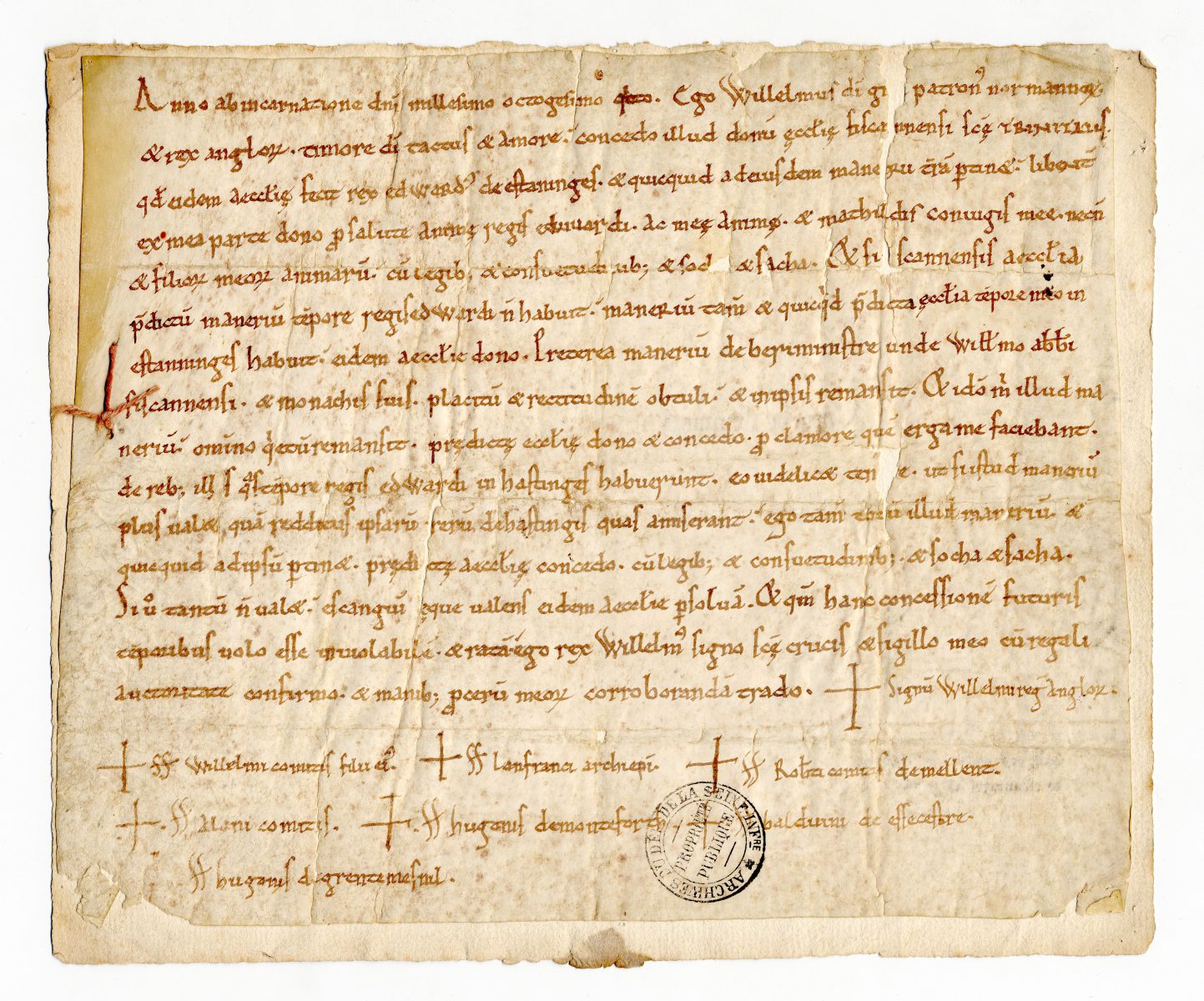
Confirmation charter of William the Conqueror to Fécamp Abbey of Steyning
Confirmation charter of William the Conqueror (patronus of the Normans and King of the English) to Fécamp Abbey of Steyning (Estaninges), West Sussex, which King Edward (the Confessor) made to the abbey. He also grants the manor of Bury to the abbey in compensation for the claim which they made against him for the property which they had in Hastings (Hastinges) in king Edward’s time.
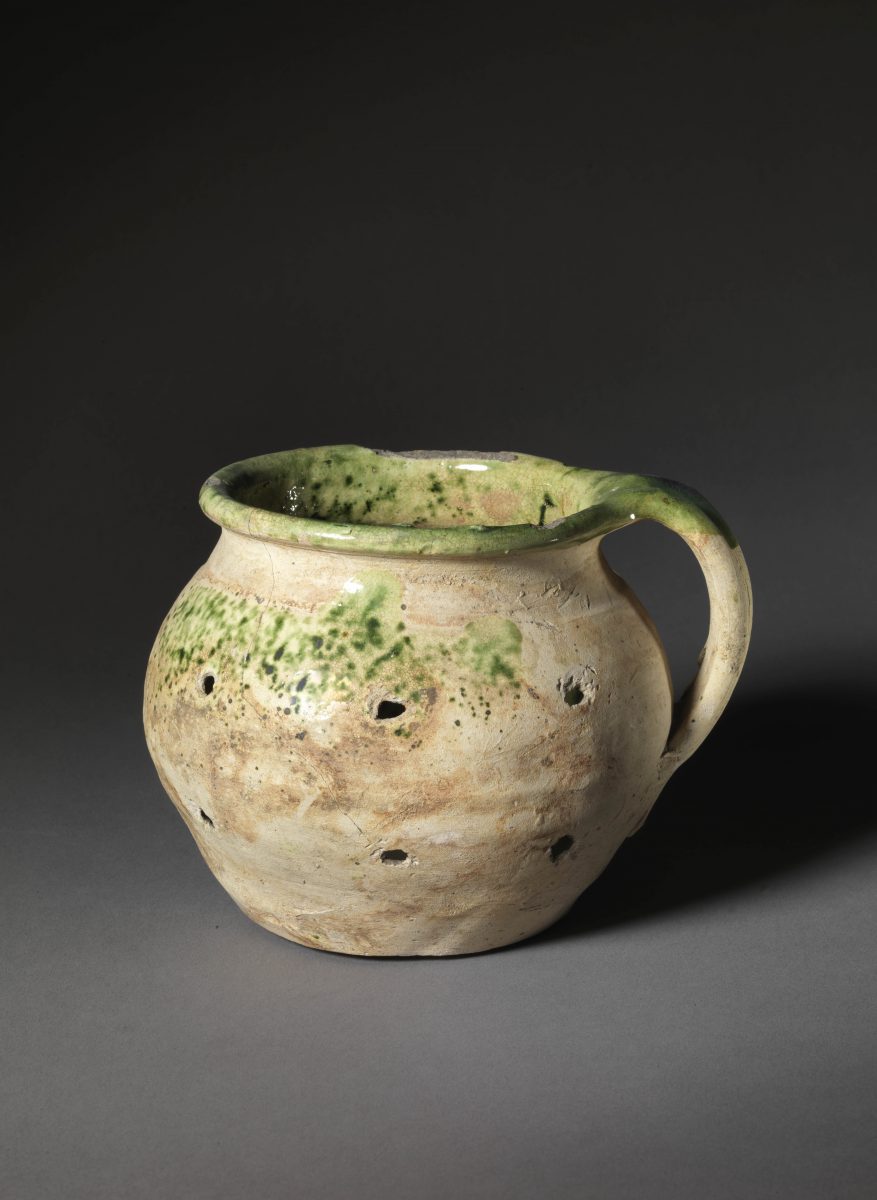
Absolution cross and funeral pot
In the Middle Ages, these crosses were placed on the dead, both in France and England, along with a funeral pot.
They have the shape of the Maltese cross and remember quite well the consecration crosses and crosses of cemeteries in 12th century.
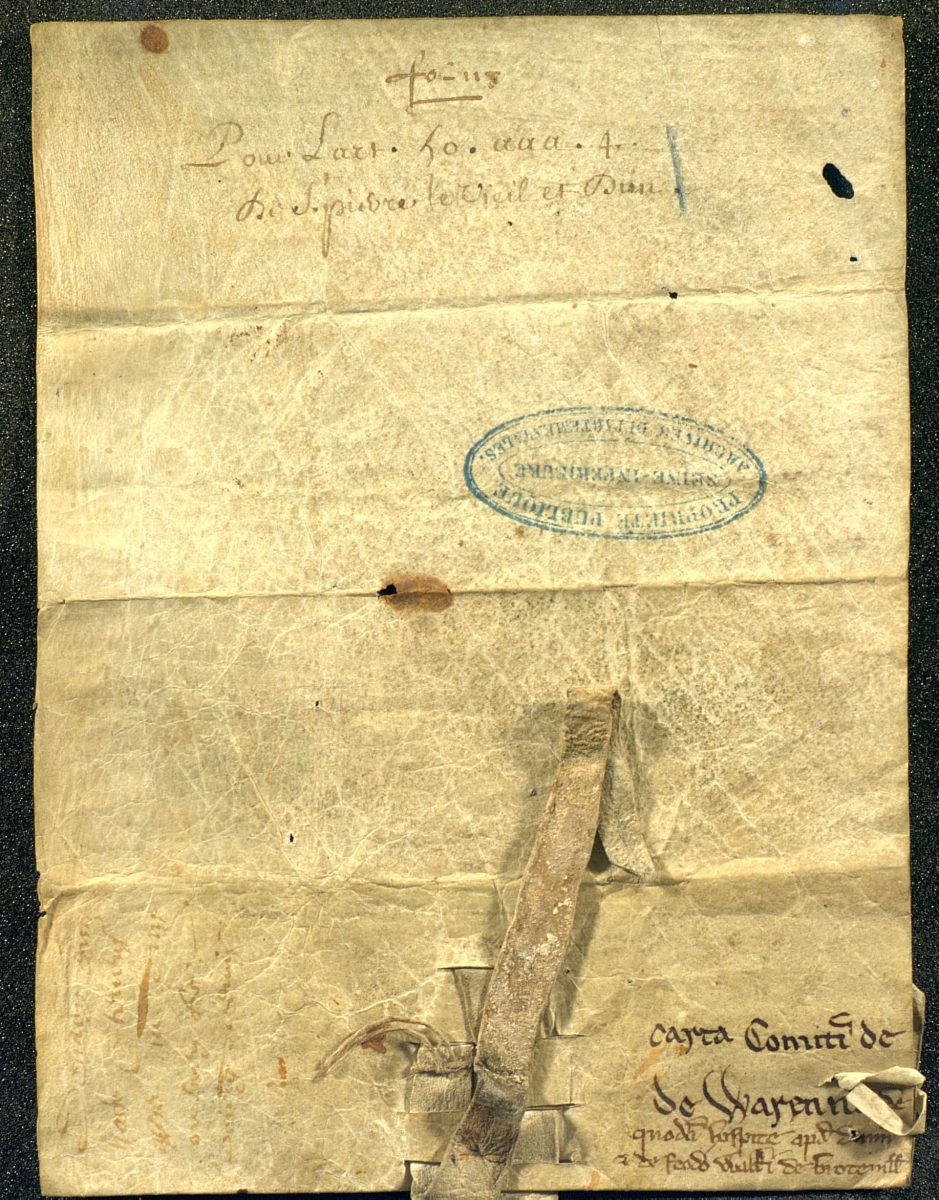
Charter of William of Warenne, son of the first Lord of Lewes
After the Conquest, Sussex was divided into administrative areas known as ” rapes “. There were three in East Sussex – Hastings, Pevensey and Lewes. Count of Eu received the rape of Hastings, Count of Mortain that of Pevensey, while Guillaume de Varenne became Lord of Lewes.
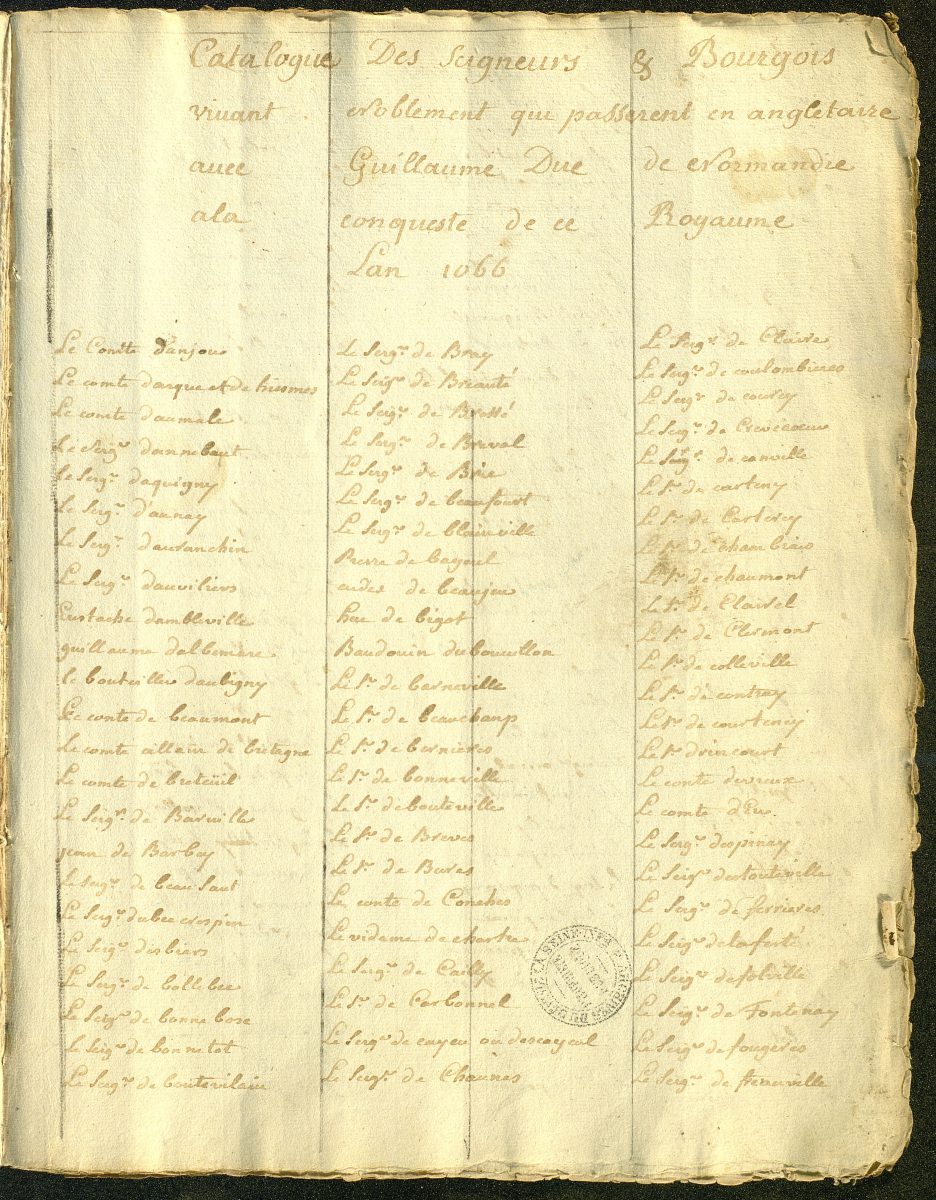
List of the companions of William the Conqueror
Upon Edward the Confessor’s death in 1066, Harold is crowned King of England, and takes the throne which amounted to William the Conqueror.
When Harold refuses to give the kingdom back to him, William decides to raise an army and get across the Channel.
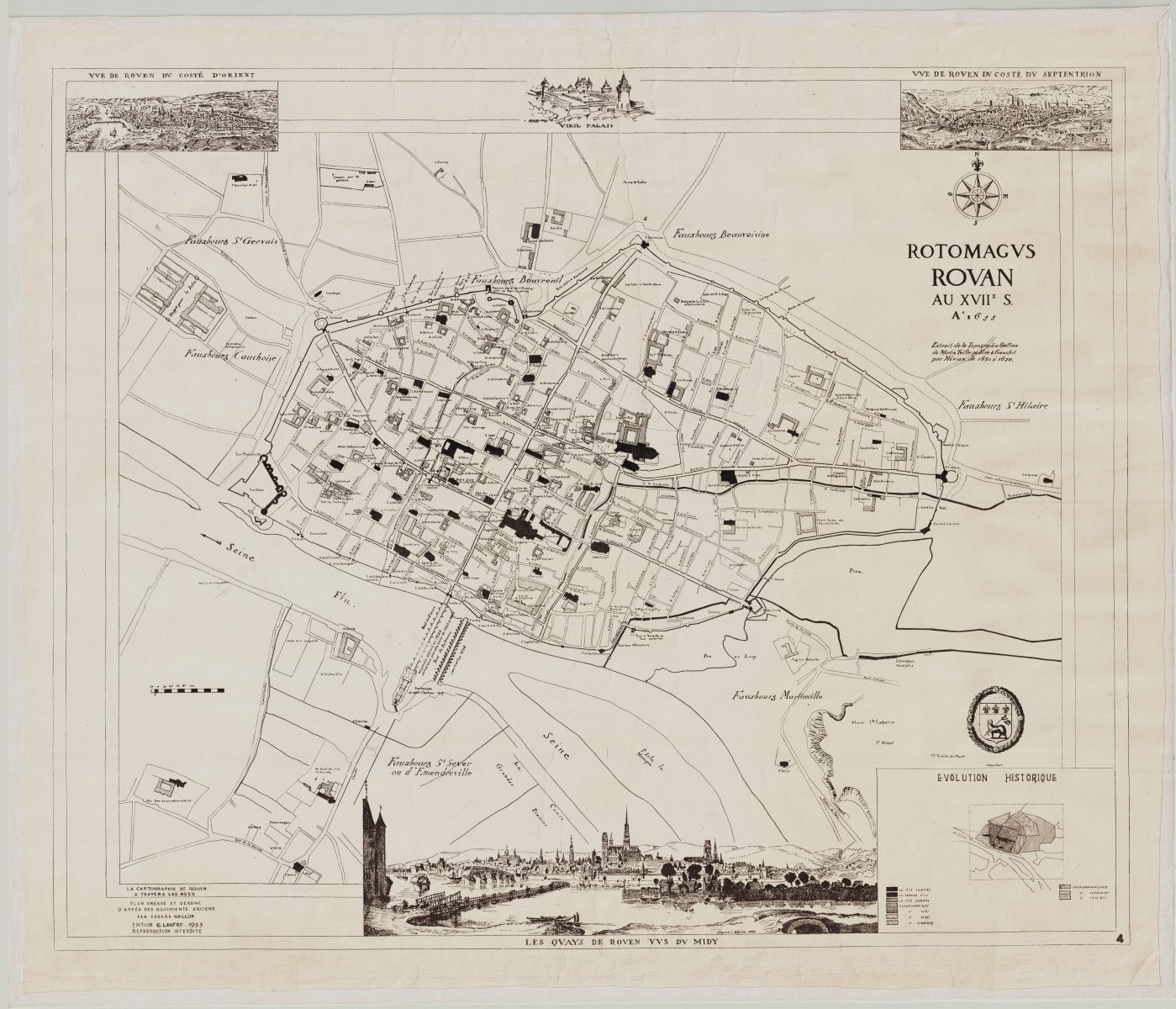
Maps of Rouen
Cartography of Rouen through ages
Maps drawn after ancient documents by Edgard Naillon – Published by G. Lanfry, 1955
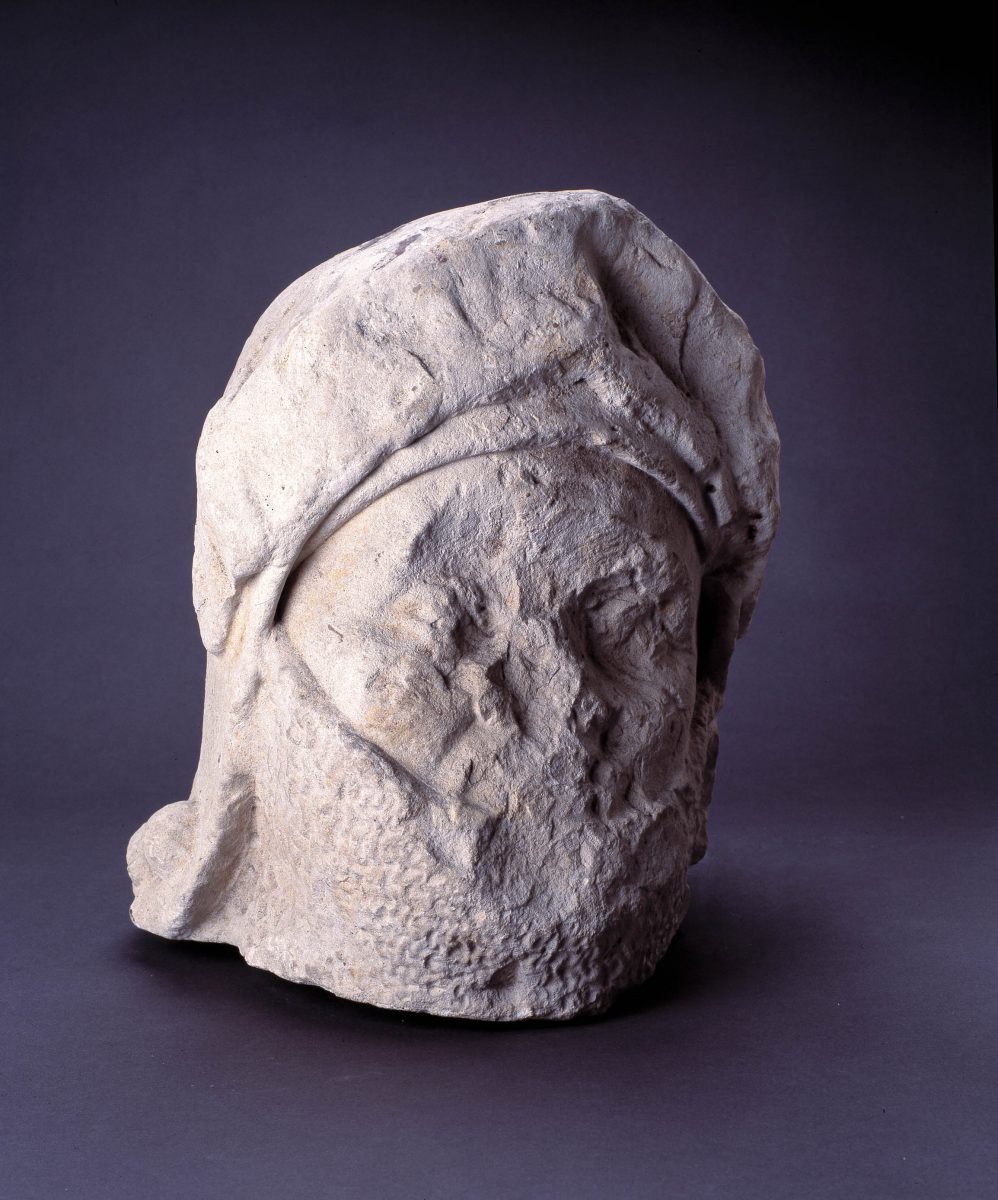
Helmeted head in stone
Helmeted head in stone Historical Background Helmeted head in stone, supposedly of Du Guesclin – 15th century Meant to decorate…
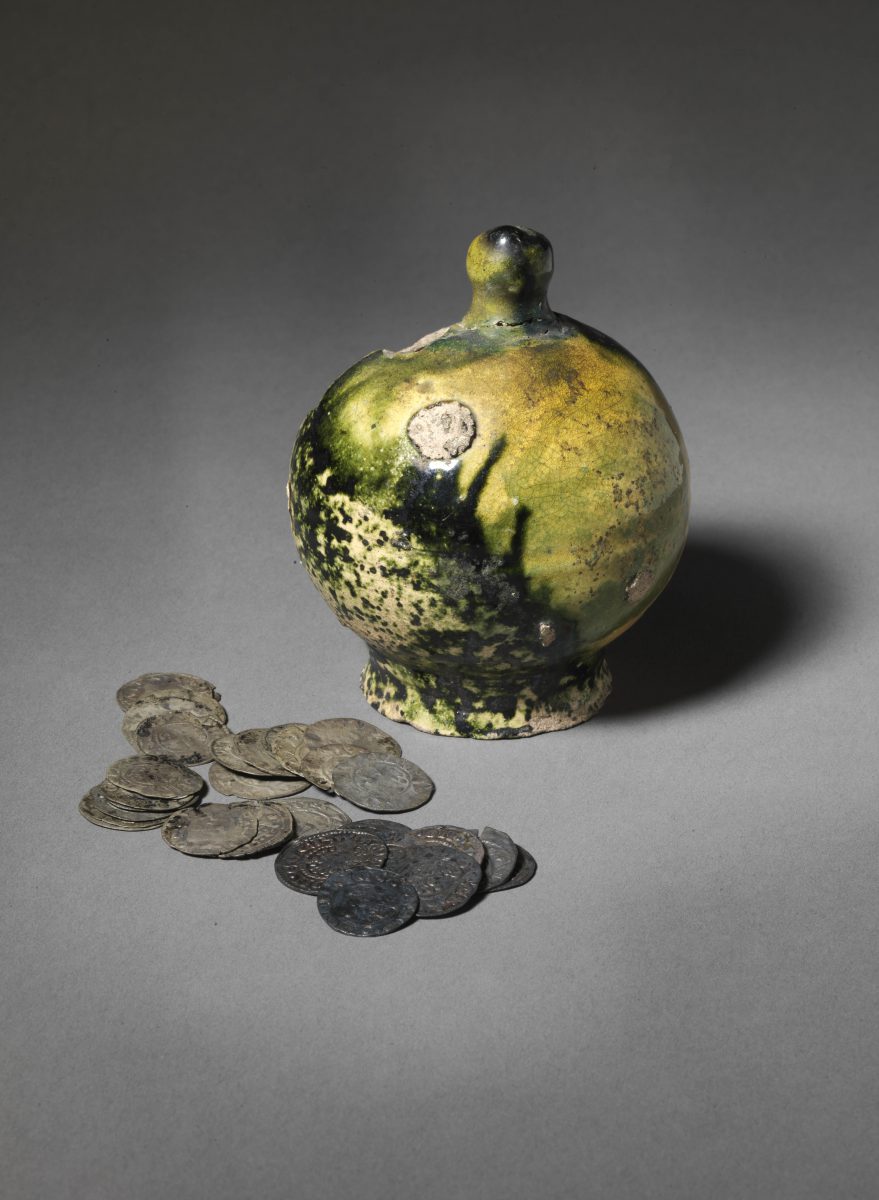
Piggy bank and coins
In late 12th century and early 13th century, in the French regions
dominated by the Kings of England from the dynasty of Plantagenêt,
english coins circulated frequently along with local coins.
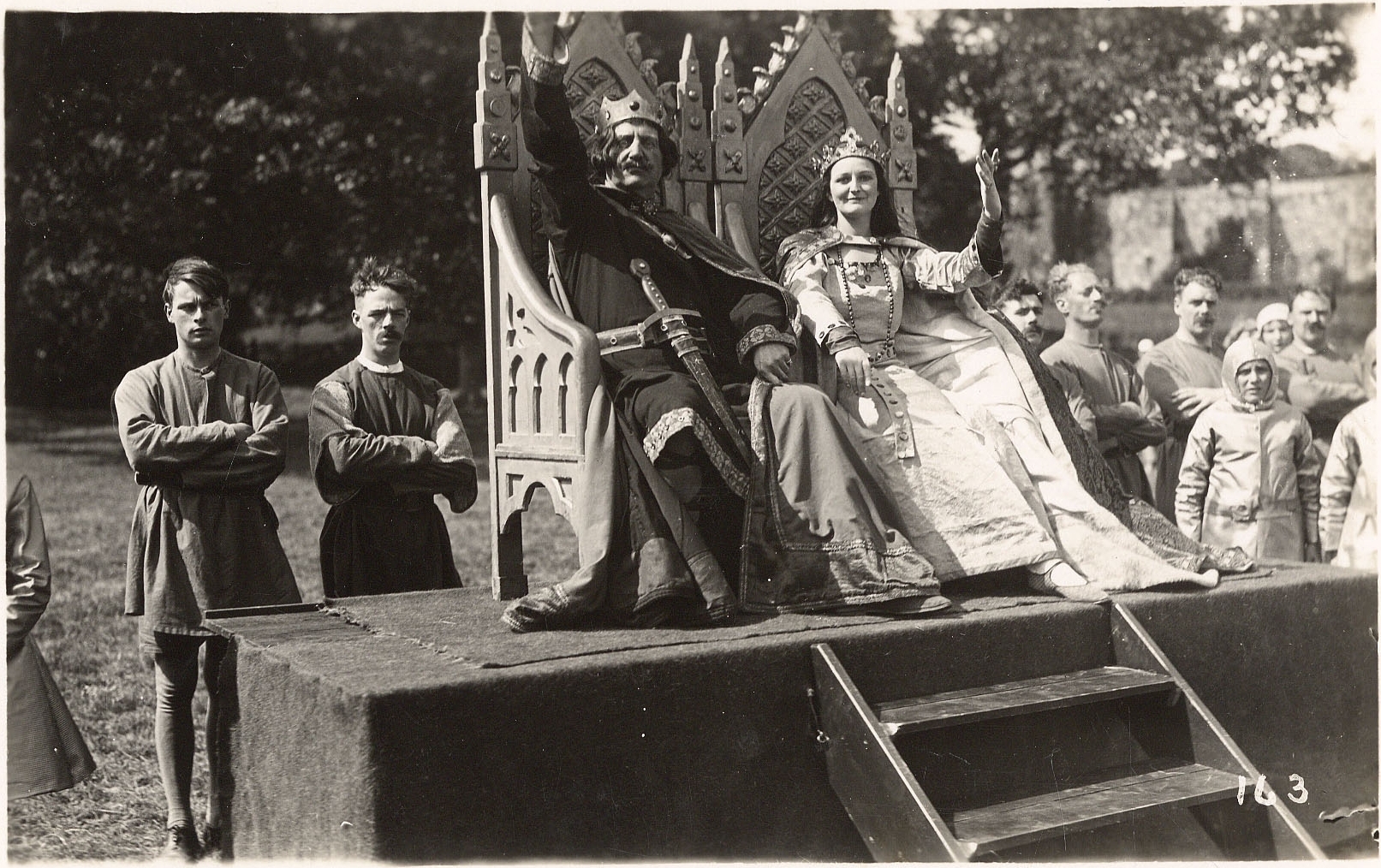
Re-enactment of the Battle of Hastings
Photographs of the re-enactment of the Battle of Hastings at the Battle Abbey Pageant in July 1932.
(ESRO: PCA 236/3, 5)
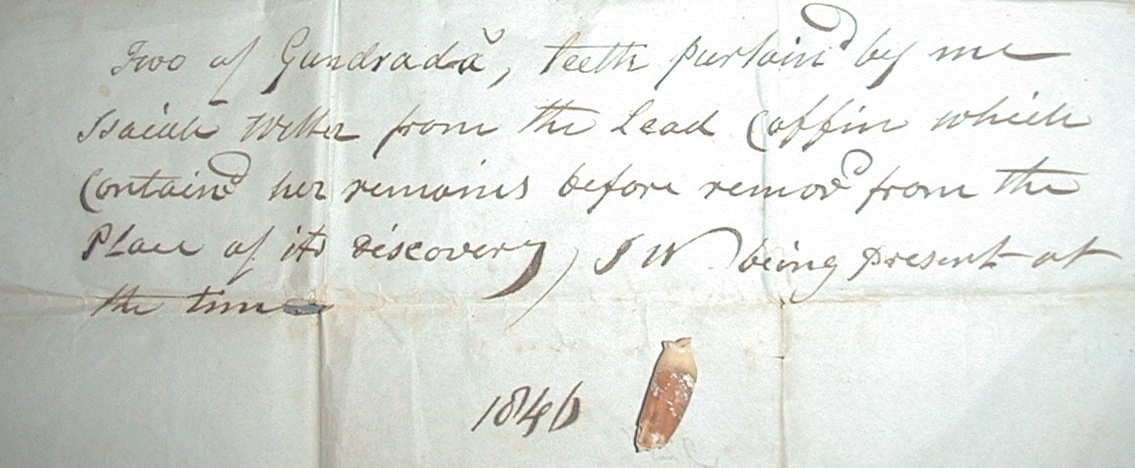
William de Warenne and Gundrada
William de Warenne and Gundrada Historical Background William de Warenne was an early Norman baron who fought with William the…
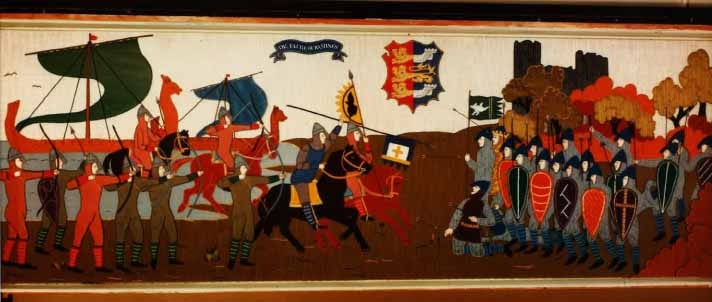
Hastings Embroidery
Broderie d’Hastings Historical Background Two panels from the Hastings embroidery (Property of Hastings Borough Council), showing : 1 : Coronation…
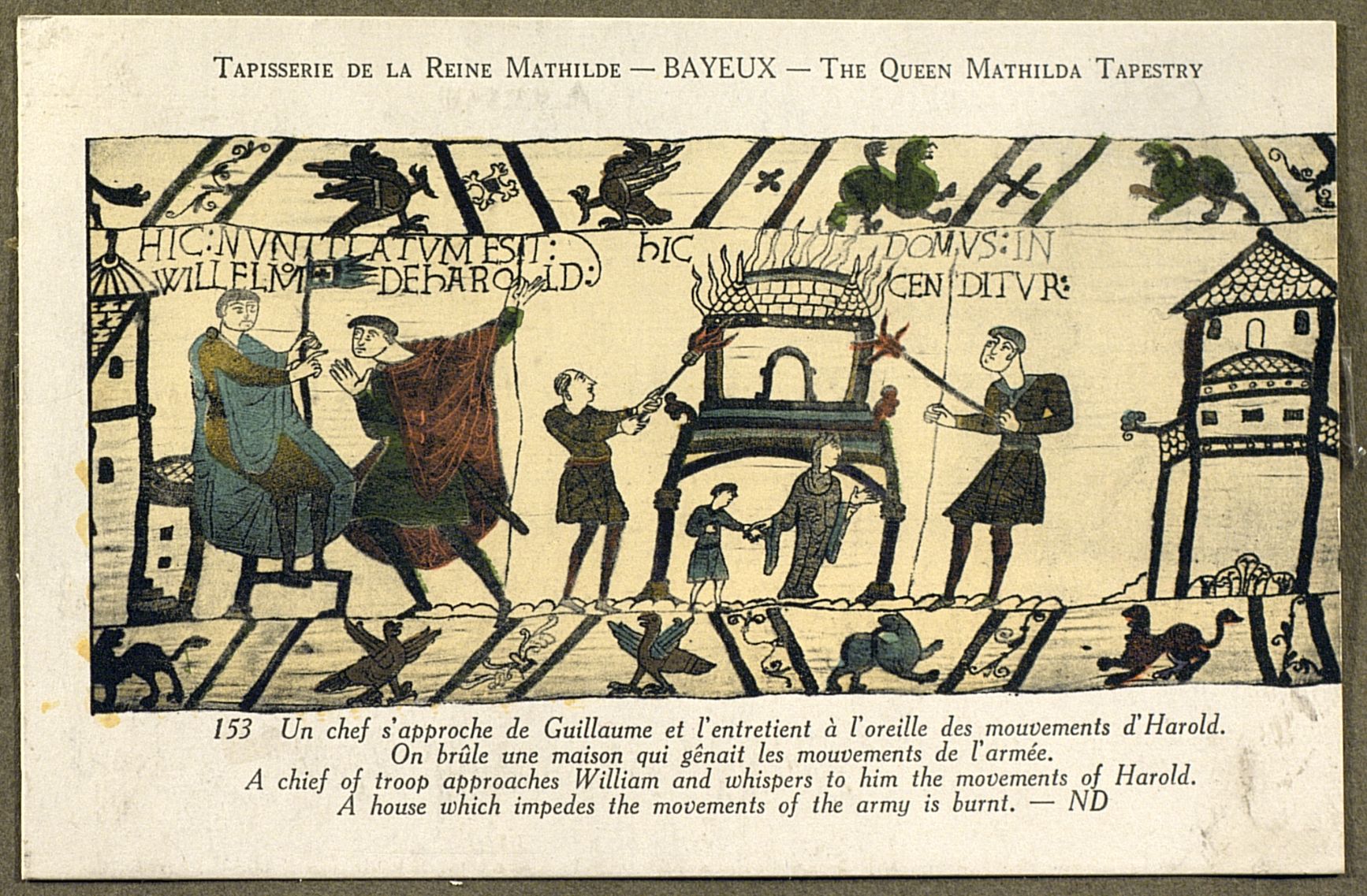
Bayeux Tapestry
Bayeux Tapestry, or Queen Matilda’s Tapestry, or even older Tale of the Conquest is a 70 meter-long embroidery, composed of 9 panels of linen cloth, showing 58 scenes, each being captioned in Latin.
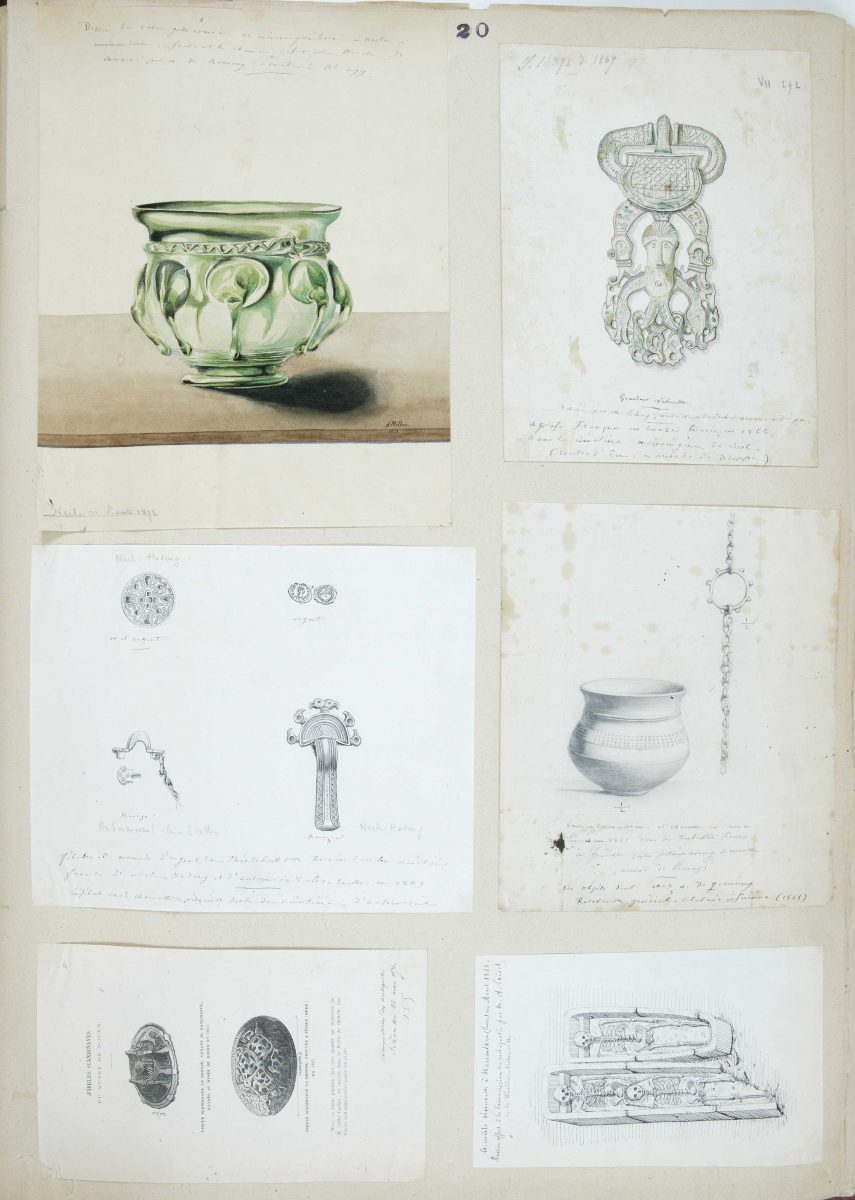
Scandinavian fibulae
Objects on this board were all presented to the departmental Commission of Antiquities on 23 May 1871.
Preserved in the Museum of Antiquities, they were discovered in several places in Seine -Maritime and Eure between 1840 and 1871 ( Aubermesnil-les-Erables, Caudebec, Pîtres ) .
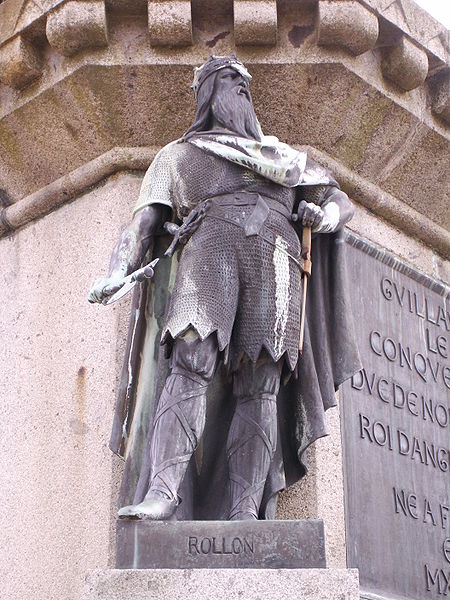
Lithography of Rollo, first duke of Normandy
First Earl of Normandy, Rollo has generated much controversy. From Denmark or Norway, his story is known to us through Dudo of Saint -Quentin, Norman chronicler of 11th century.

